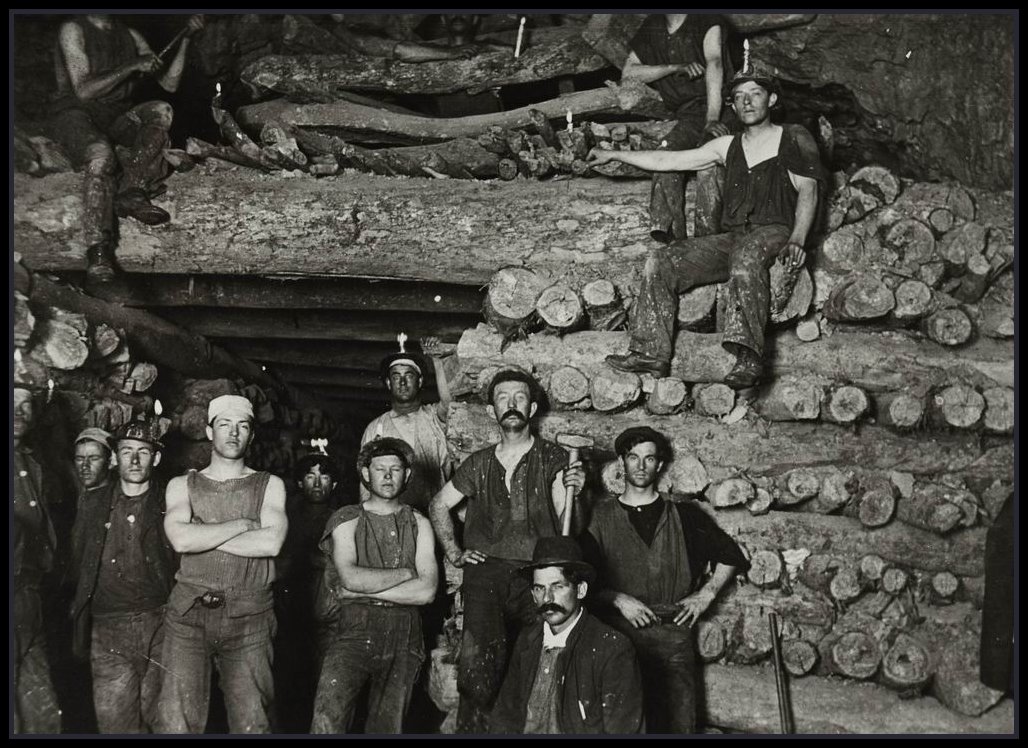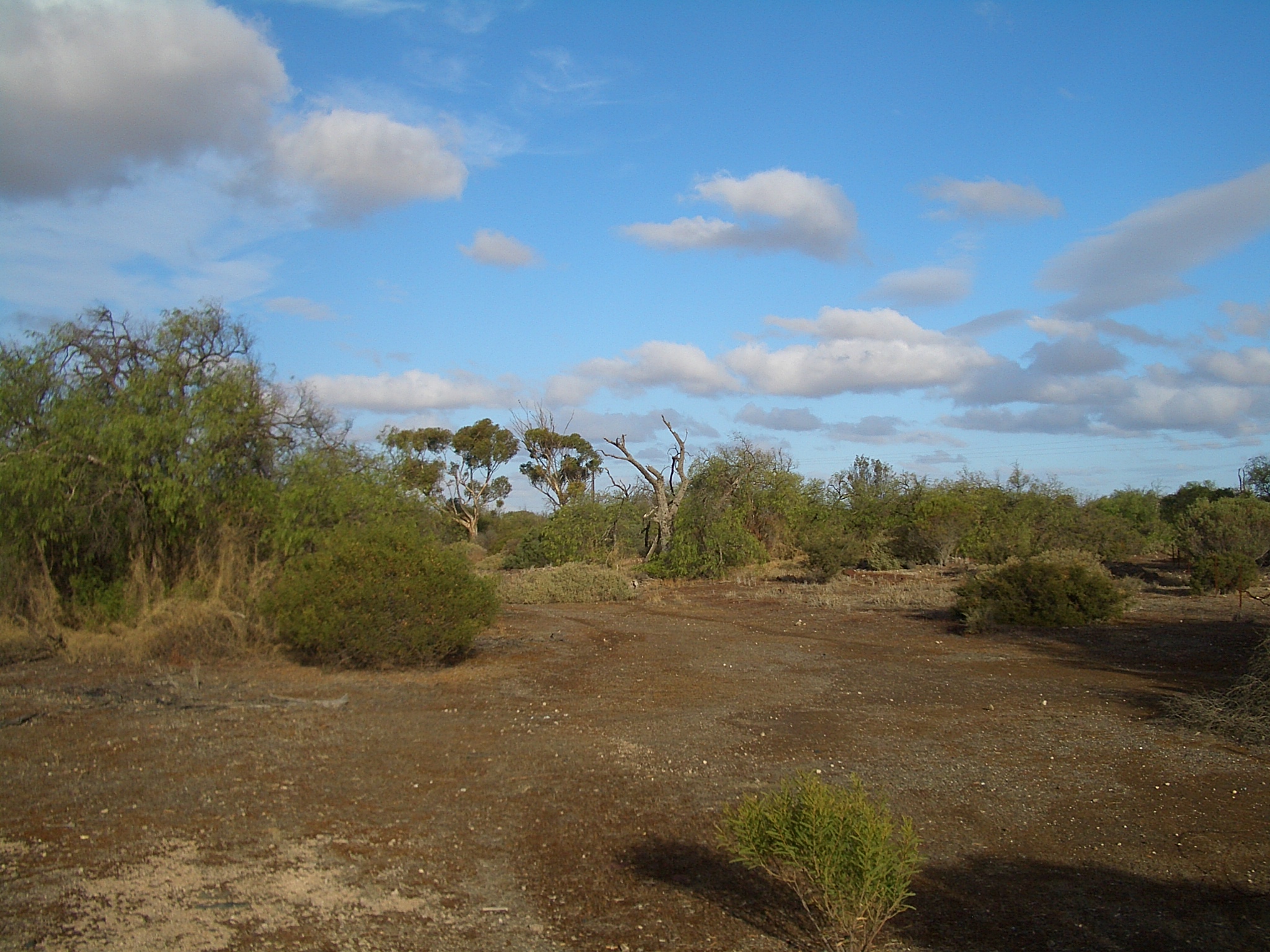Wallaroo Mines, South Australia on:
[Wikipedia]
[Google]
[Amazon]
Wallaroo Mines is a suburb of the inland town of Kadina on the Yorke Peninsula in the
 In 1889–90, the Wallaroo and Moonta Mines merged to form the
In 1889–90, the Wallaroo and Moonta Mines merged to form the
 There is a self-guided walking trail around the former Wallaroo Mines site. The former
There is a self-guided walking trail around the former Wallaroo Mines site. The former
Copper Coast Council
The Copper Coast Council is a local government area in the Australian state of South Australia located at the northern end of the Yorke Peninsula. It was established in 1997 and its seat is in Kadina.
Description
The Copper Coast Council is l ...
area. It was named for the land division in which it was established in 1860, the Hundred of Wallaroo
The Hundred of Wallaroo is a cadastral unit of hundred located on the Copper Coast of South Australia. It is one of the 16 hundreds of the County of Daly. It was named in 1862 by Governor Dominick Daly after the indigenous term ''wadla warru'' pr ...
, as was the nearby coastal town of Wallaroo. The boundaries were formally gazetted in January 1999 for "the long established name".
History
With the arrival of British pioneers in the late 1830s and 1840s, pastoralists began grazing livestock in the vicinity but no permanent settlements were formed.Development
On 17 December 1859, James Boor, a shepherd on the Wallaroo sheep run, owned byWalter Watson Hughes
Sir Walter Watson Hughes (22 August 1803 – 1 January 1887),Dirk Van Dissel,Hughes, Sir Walter Watson (1803 - 1887), ''Australian Dictionary of Biography'', Volume 4, MUP, 1972, pp 440-441. Retrieved 11 August 2009 who before his knighthood wa ...
, discovered copper at what was to become Wallaroo Mines. Thirty or forty men were reportedly working at the site by the end of the year. By August 1860, the new copper mines employed 150 men and were "turning out ores
Ore is natural Rock (geology), rock or sediment that contains one or more valuable minerals, typically containing metals, that can be mined, treated and sold at a profit.Encyclopædia Britannica. "Ore". Encyclopædia Britannica Online. Ret ...
of a rich quality", and by the end of 1860 there was a total population of 500. The mines had an enginehouse, office, a residence for the captain and secretary, and an assay office by this point, along with its own store for the miners. The growth of the mines saw the town of Kadina surveyed in 1860, with the first blocks being put up for sale in March 1861. The proprietors formed the business into a private company, the Wallaroo Mining Company, with the first board meeting in August 1860 and Edward Stirling the first chairman.
A settlement developed around the mine in 1860, described as "a collection of miners' cottages, sheds, mine shafts, enginehouses and other mine buildings". A Primitive Methodist chapel was built in 1861. A canvas structure that had served as a courthouse was moved from the mines to the present courthouse site in Kadina on 2 April 1861, with the "gipsy tent" police station following in January 1862. Lay Methodist services began at the mines in 1861, before a church was opened in Kadina in November 1862. In June 1862, the Kadina and Wallaroo Railway and Pier Company opened a horse-driven railway connecting the mines to the port at Wallaroo, with a branch into Kadina. It was subsequently bought out by the South Australian government on 1 March 1878, with the steam railway from Adelaide
Adelaide ( ) is the capital city of South Australia, the state's largest city and the fifth-most populous city in Australia. "Adelaide" may refer to either Greater Adelaide (including the Adelaide Hills) or the Adelaide city centre. The dem ...
arriving in the same year; the old horse-driven line was later pulled up. A Bible Christian church was built in 1866, and the Wallaroo Mines Wesleyan Methodist Church was built in 1867.
Peak
The mine reached its peak between 1870 and 1875, when it had up to 1000 employees. Wallaroo Mines Primary School opened on 31 January 1878 as the first public school in the Kadina area. The mine temporarily closed from August 1878 until 1880 due to low copper prices, resulting in a large exodus from the district. It remained in restricted operations through much of the 1880s. Wallaroo Mines Post Office opened on 1 July 1890. In 1889–90, the Wallaroo and Moonta Mines merged to form the
In 1889–90, the Wallaroo and Moonta Mines merged to form the Wallaroo and Moonta Mining and Smelting Company
Wallaroo is a common name for several species of moderately large macropods, intermediate in size between the kangaroos and the wallabies. The word "wallaroo" is from the Dharug ''walaru'', and not a portmanteau of the words "kangaroo" and "wal ...
, becoming the largest industrial operation in South Australia. Prior to their amalgamation, the Wallaroo Mine had produced 491,934 tonnes of copper, valued at £2,229,096, with dividends of £430,254. The production of the Wallaroo Mine outpaced that of the Moonta Mines Moonta may refer to:
Places
*Moonta, South Australia, a locality in the Copper Coast Council including:
** East Moonta
** Moonta Bay
** Moonta Cemetery
** Moonta Mines
** North Moonta
*Corporate Town of Moonta
The Corporate Town of Moonta was ...
in 1899. 1n 1900, there was an outbreak of typhoid
Typhoid fever, also known as typhoid, is a disease caused by '' Salmonella'' serotype Typhi bacteria. Symptoms vary from mild to severe, and usually begin six to 30 days after exposure. Often there is a gradual onset of a high fever over several ...
at Wallaroo Mines, and after a new doctor described the town's sanitary conditions as "disgusting and barbarous", the mining company undertook several improvements and mains water was introduced. The Wallaroo Mines Institute was built by the mining company in 1902. In 1904, a fire in Taylor's Shaft, then the main point of operations, lasted for over a month and cost £50,000, resulting in a "modernisation program" for the mine. The employment of the mine peaked in 1906 at a total of 2700 employees.
Closure
The mines struggled in the years after World War I due to a downturn in the price of copper, closing for long periods and losing large amounts of money between 1919 and 1922. In November 1923, the mining company went into voluntary liquidation and the mine shut down. The total production throughout its lifetime was about 165,000 tonnes with a value of £9.7 million. The closure had a flow-on effect to the broader Kadina area, with an exodus from the region large enough to result in the closure of several churches and other facilities there. The Elders Engine House was demolished, with its stone being used several years later, in 1936, to build the new Kadina Catholic Church. The Primitive Methodist church was demolished in 1927. The former Bible Christian church was demolished in the late 1930s; while it had closed as a church some decades before, it had later been used as a community hall and cinema. Wallaroo Mines had a football club in the Yorke Peninsula Football Association as the "Federal Rovers"; however, the league went into recess in 1936. A small store existed on Lipson Road for many years, run by Will Harwood from 1920. The original school building closed around 1967 and was demolished in 1977. Wallaroo Mines Post Office closed on 30 April 1976. The Wallaroo Mines Methodist Church building was demolished in 1980, and the church subsequently moved into the Wallaroo Mines Institute. An ore-processing plant was built on the former site of the school in 1988 by Moonta Mining NL, treating ore from their Poona mine 5 km north of Moonta; however, the Poona mine had closed by 1992.Wallaroo Mines today
 There is a self-guided walking trail around the former Wallaroo Mines site. The former
There is a self-guided walking trail around the former Wallaroo Mines site. The former Harvey's Pumping Station
Harvey's is a fast food restaurant chain operating in Canada, with locations in every province except British Columbia. It serves hamburgers, poutine, hot dogs, french fries, onion rings, and other traditional Canadian fast-food fare. The chain i ...
(also known as Harvey's Enginehouse), dating from 1874, is the last of the former mine pumping stations to survive, and is listed on the South Australian Heritage Register
The South Australian Heritage Register, also known as the SA Heritage Register, is a statutory register of historic places in South Australia. It extends legal protection regarding demolition and development under the ''Heritage Places Act 1993'' ...
. The Kadina Heritage Trail also notes the site of an 1860 pioneer cemetery, the site of the former Methodist Church, the former police residence, the former post office, the mine explosives magazine, captains' residences, mine manager's residence ruins, the site of the Devon mine, and a number of old residences associated with the Wallaroo Mines settlement. The Wallaroo Mines Primary School remains in operation on a new site to the north of the original location, and had 102 enrolled students in 2015.
See also
* :Copper mines in Australia *Environmental impact of mining
Environmental effects of mining can occur at local, regional, and global scales through direct and indirect mining practices. The effects can result in erosion, sinkholes, loss of biodiversity, or the contamination of soil, groundwater, and su ...
References
{{authority control Towns in South Australia Copper mines in South Australia Former mines in Australia